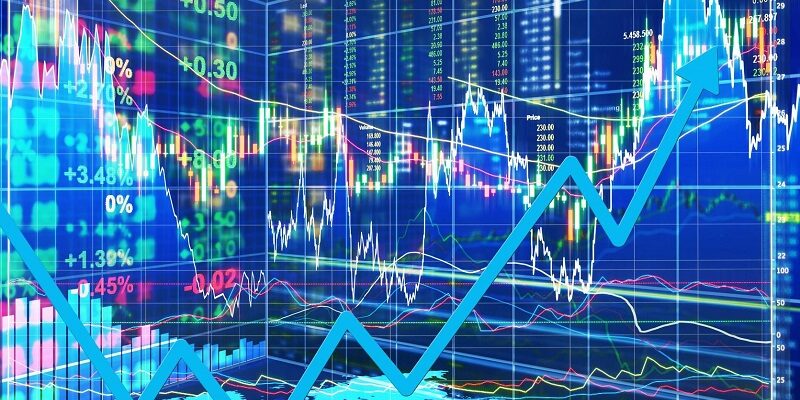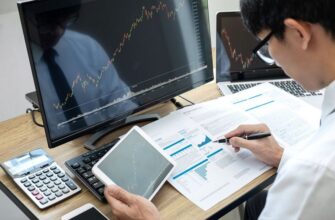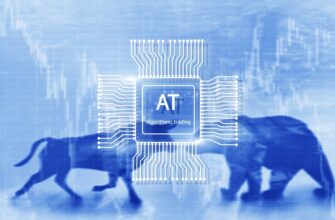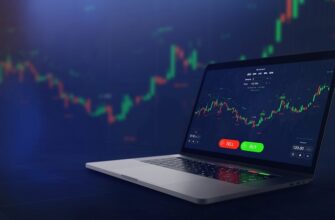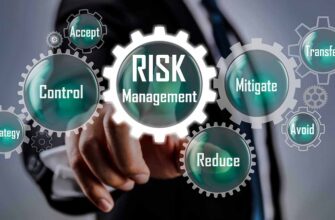Automated Trading: Using Algorithms and Tools to Enhance Performance
In recent years, the financial markets have witnessed a significant rise in automated trading, driven by the advancements in technology and the increasing demand for efficient and effective trading strategies. Automated trading, also known as algorithmic trading or algo-trading, refers to the use of computer programs and algorithms to execute trades in financial markets. This approach has gained popularity due to its ability to enhance performance by leveraging speed, accuracy, and objectivity. In this article, we will explore the concept of automated trading, the benefits it offers, and the tools and algorithms commonly used to achieve superior trading performance.
Understanding Automated Trading
Automated trading involves the use of pre-programmed trading instructions to automatically execute trades on behalf of the trader. These instructions, or algorithms, are designed to analyze market data, identify trading opportunities, and execute trades based on predefined rules and parameters. By removing human emotions and biases from the trading process, automated trading aims to improve efficiency and eliminate errors.
Benefits of Automated Trading
a) Speed and Efficiency: One of the key advantages of automated trading is its ability to execute trades at high speeds. Computers can analyze vast amounts of data, identify patterns, and execute trades in fractions of a second, providing a significant advantage over manual trading. Automated systems can also simultaneously monitor multiple markets and execute trades across various financial instruments, which would be impractical for a human trader.
b) Objectivity and Discipline: Automated trading systems operate based on predefined rules and parameters, ensuring that trades are executed without any emotional biases. Human traders are prone to making impulsive decisions influenced by fear, greed, or other emotions, which can lead to poor trading outcomes. By removing emotions from the equation, automated trading systems maintain discipline and consistency in executing trades.
c) Backtesting and Optimization: Automated trading allows traders to test their strategies on historical market data to evaluate their performance. This process, known as backtesting, enables traders to identify strengths and weaknesses in their strategies and make necessary adjustments to optimize performance. Additionally, advanced algorithms can adapt and learn from market conditions, continuously improving trading strategies over time.
d) Diversification and Risk Management: Automated trading systems can execute trades across multiple markets and instruments simultaneously, allowing traders to diversify their portfolios and spread risk. Moreover, automated systems can implement risk management techniques such as stop-loss orders and position sizing rules to minimize losses and protect capital.
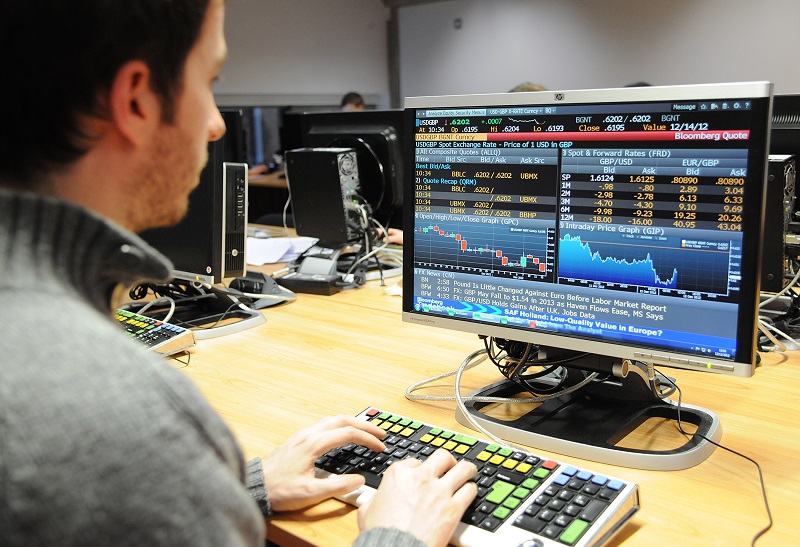
Tools and Algorithms for Automated Trading
a) Trading Platforms: To engage in automated trading, traders require a reliable trading platform that supports algorithmic trading. Numerous trading platforms offer robust features for designing, backtesting, and executing automated trading strategies. Examples include MetaTrader, NinjaTrader, and TradeStation.
b) Programming Languages: Proficiency in programming languages is crucial for developing and implementing automated trading strategies. Popular programming languages for algorithmic trading include Python, C++, and Java. These languages offer extensive libraries and frameworks for data analysis, statistical modeling, and strategy implementation.
c) Technical Analysis Tools: Automated trading systems often utilize technical indicators and chart patterns to generate trading signals. Tools like Moving Averages, Relative Strength Index (RSI), and Bollinger Bands are commonly employed to identify entry and exit points. These indicators can be programmed into algorithms to generate automated trading signals.
d) Machine Learning and Artificial Intelligence: Advanced algorithms powered by machine learning and artificial intelligence have revolutionized automated trading. These algorithms can learn from past market data, adapt to changing conditions, and make predictions about future price movements. Machine learning techniques such as neural networks and genetic algorithms have been successfully applied in developing sophisticated trading strategies.
e) Market Data and APIs: Automated trading systems require access to real-time and historical market data to make informed trading decisions. Market data providers offer APIs (Application Programming Interfaces) that allow developers to retrieve data and integrate it into trading algorithms. These APIs provide access to price data, order book information, and other relevant market metrics.
Conclusion
Automated trading, powered by algorithms and advanced tools, has emerged as a powerful method to enhance trading performance. By leveraging speed, accuracy, objectivity, and the ability to process vast amounts of data, automated trading systems provide traders with a competitive edge in the financial markets. However, it is important to note that automated trading is not a guaranteed path to success and requires continuous monitoring, optimization, and risk management. Traders should thoroughly understand the underlying algorithms, test their strategies rigorously, and stay updated with market dynamics to harness the full potential of automated trading in their pursuit of financial success.
